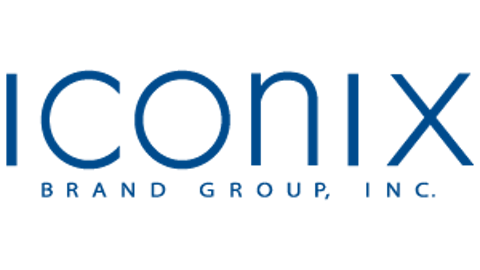Back in January I wrote an article about Kohl’s Corporation (NYSE:KSS) after the stock had plummeted to about $42 per share following weak November sales. In that article I stated that the stock was undervalued, and since that time the stock has risen about 20%. A big part of this increase occurred recently when the company reported first quarter earnings and soundly beat analyst expectations for EPS. But even after this increase Kohl’s still looks like a bargain.
Mixed results
In the first quarter of this year total revenue declined by 1% year-over-year even as the number of stores increased by 1.8% over the same timeframe. Comparable store sales were down 1.9%, and net income was down about 4.5%. This all seems bad, but because of share buybacks the diluted EPS actually rose by 5% year-over-year to $0.66.
Retail can be a volatile business, and one quarter of weak sales doesn’t mean much. The good news for Kohl’s Corporation (NYSE:KSS) is that the gross profit actually increased year-over-year due to lower costs. The gross margin for the quarter came in at 36.4% of sales compared to 35.9% a year ago.
While net income declined slightly, the average number of diluted shares outstanding declined by about 9% over the past year, leading to an EPS increase.
The power of buybacks
When a company spends a lot of cash on buybacks it’s important to check how much is actually being used to decrease the share count. Many companies, especially tech companies, issue quite a bit of stock-based compensation that has the effect of diluting the share count. This means that a fraction of the buyback is actually dedicated to simply balancing out this dilution, and the common shareholder doesn’t reap the full benefit.

A strong cash flow
What makes these buybacks possible is the company’s strong cash flow. In 2011, along with accelerating the buyback, Kohl’s Corporation (NYSE:KSS) started paying a dividend. When a company begins paying a dividend it often means that more cash is generated than can be reinvested back into the company. With 1,115 stores already Kohl’s has probably reached the point where store growth will be far slower than in the past. This will lead to lower capital expenditures and thus more cash available to be returned to shareholders.
Kohl’s Corporation (NYSE:KSS) dividend yields a respectable 2.73%, and the company will pay out around $300 million in total this year. That’s less than a third of the net income from 2012, leaving plenty of room for dividend growth in the future.
Over the past 5 years Kohl’s average free cash flow has been just about $1 billion. After the dividend, plenty of cash is left for more buybacks. At today’s price, $700 million would buy back about 6% of the company. So even a falling net income can lead to EPS growth.
A reasonable price
In my previous article I estimated the high end of Kohl’s Corporation (NYSE:KSS) fair value at about $64 per share, and I think that number is still reasonable. That was based on calculating the owner earnings, which for 2012 came out to $5.77 per share. Note that this includes tax-adjusted interest, which is the reason it appears to be so much higher than the EPS. Also factoring in was the company’s net debt, which works out to about $17.70 per share.
Right now the stock trades at an adjusted P/OE ratio of about 12. To get this number I’ve added the net debt to the market capitalization and then divided by the owner earnings. I like this ratio more than a simple P/E ratio because it incorporates the debt levels directly. The stock was certainly cheaper a few months ago, but it still looks attractively valued today.
Kohl’s Corporation (NYSE:KSS) is likely capable of buying back 5-6% of its shares each year, so if owner earnings stays flat this would lead to per-share growth of 5-6% annually during that time. If owner earnings grow by a few percent annually per-share growth could be in the high single digits. Along with a solid dividend, that kind of growth for 12 times owner earnings seems like a good deal to me.
Comparing Kohl’s
Is Kohl’s more attractive than its peers? Let’s compare Kohl’s to two other companies which generate similar annual revenues: The TJX Companies, Inc. (NYSE:TJX) and The Gap Inc. (NYSE:GPS).
| Company | Revenue (billion USD) | Gross margin | 5-year avg FCF margin | Adjusted P/OE |
|---|---|---|---|---|
| Kohl’s | $19.3 | 36.3% | 5.4% | 12 |
| TJX | $25.9 | 28.4% | 6.2% | 26.7 |
| Gap | $15.7 | 39.4% | 8.0% | 20.4 |


